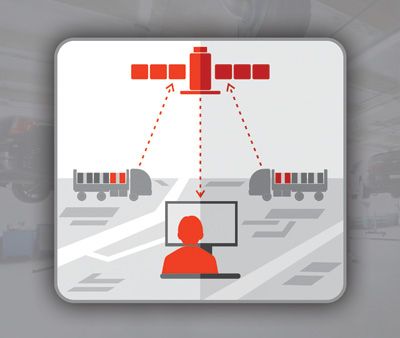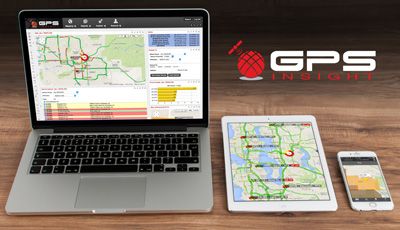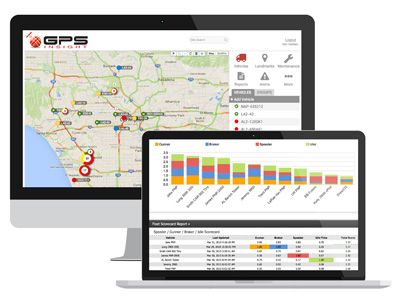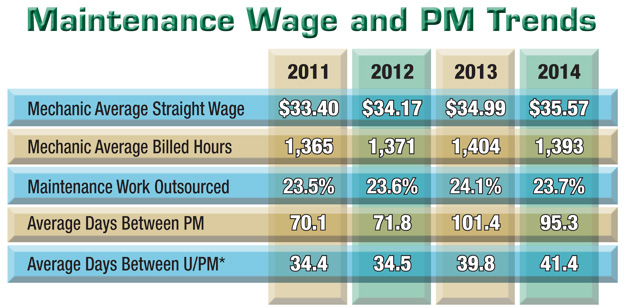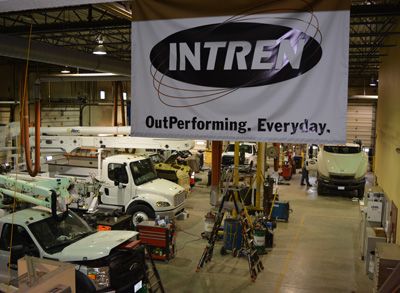Lessons Learned from a Telematics Deployment
Cut fuel costs, promote safer driving behaviors and improve storm response – these are just a few examples of how fleet telematics that captures and tracks vehicle data can help you run your department more effectively.
But deploying telematics across hundreds or even thousands of fleet assets can be a daunting task if you don’t know what to expect.
UFP spoke with Paul Jefferson, fleet manager at Oklahoma City-based Oklahoma Gas & Electric, who oversees about 2,000 fleet assets, to learn about the utility’s experience with telematics.
Jefferson and his team began working with the benchmarking and telematics provider Utilimarc (https://utilimarc.com) in 2015 with a pilot program that included 30 vehicles. To date, the company has installed telematics on about 1,200 vehicles.
What advice does Jefferson have for other utility fleet professionals when it comes to a telematics deployment? Here are five tips.
1. Define your objectives.
Why do you want telematics? What exactly do you want to track? How will you use that data?
For OG&E, their initial objective was to lower the number of commuters – those who would use business vehicles for personal use – to reduce fuel costs as well as unnecessary miles and wear and tear on the vehicles.
“We had data from our Utilimarc benchmarking study to see how we benchmarked against other similar companies as far as the number of commuters per class of vehicle,” Jefferson said. “We realized that we needed to make a change – that we had a culture where supervisors and managers were giving people vehicles to drive home as compensation instead of there being a real business need for that vehicle’s use. Telematics would help us track that.”
Over time, OG&E’s objectives have evolved.
“We’ve linked our telematics to the [geographic information system] maps, so when we have outages, we can see where our trucks are relative to the outage,” Jefferson said. “We overlay that over our GIS map to help with dispatch. It also helps us keep the mobile mechanics in the right spot.”
Another project Jefferson and his team are working on is integrating telematics with a new fuel management system.
“We’re going to track our off-site fuel purchases on a map where we overlay the telematics to see, ‘Hey, was this asset near where the fuel was purchased?’” he said.
2. Get buy-in.
When you’re attempting to make a cultural change – like what a telematics deployment will bring – expect pushback from various people in the organization who feel threatened by the change. That means you’ll need to work to get buy-in from key stakeholders to help you sell the program to their teams.
“The transmission, distribution and power supply vice presidents all report to an operations vice president. So, we had to go to that upper-level senior VP to get buy-in [for the telematics deployment] from all three of the business unit groups at OG&E,” Jefferson said.
How did Jefferson and his team get that buy-in? They presented a business case.
“The business unit groups are always looking for [overhead and maintenance] reductions, so we presented telematics as a tool that can reduce our O&M,” Jefferson said. “After all, it’s not right to offer commuter vehicles as compensation. If someone needs a raise or more salary, the vehicle shouldn’t be part of their compensation.”
But even when you get buy-in from senior leadership, not everyone is going to like it. The key to working through that resistance is a lot of communication.
“We’ve had a lot of meetings and presented some webinars talking about the benefits [of telematics] – to reduce cost, improve driver safety, recover stolen vehicles. We laid it all out there,” Jefferson said.
3. Avoid surprises.
“If you’re selecting a telematics system, you want to know upfront what it costs to do any custom software because that can add up,” Jefferson said. “We thought about that ahead of time, and that’s one of the main reasons why we selected our provider because they don’t charge us extra for customer reporting unless it gets really wild. Everything we’ve done so far, we’ve never been charged extra.”
4. Determine your rollout strategy.
Work with your telematics provider to determine the optimal rollout cadence for your situation.
“We determined that it would be too much to bite off all at once to do everything at once, so we’ve been adding telematics at a pace of 300 to 400 vehicles a year since 2015,” Jefferson said.
5. Plan for maintenance.
Don’t expect your telematics deployment to be a one-time set-it-and-forget-it project.
“Our rollout took more manpower than I originally thought it would,” Jefferson said. “And it still does to this day. We try to automate as many of the changes as possible, but when you’re adding new fleet assets, or a person retires, leaves the company or moves around within the company, there’s a lot of work involved and a cost of maintenance to update the system.”
The Bottom Line
How can you set up your telematics deployment to go as smoothly as possible?
“Do your homework and think about long-term solutions because once you settle with a [telematics] company, you’re making a long-term commitment,” Jefferson said. “You don’t want to be changing [providers] every year; it’s too much work.”



